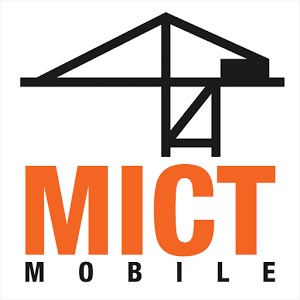 Port operator International Container Terminal Services, Inc. (ICTSI) has introduced a mobile application that allows clients of its flagship operation, Manila International Container Terminal (MICT), to view the status of their shipments in real time.
Port operator International Container Terminal Services, Inc. (ICTSI) has introduced a mobile application that allows clients of its flagship operation, Manila International Container Terminal (MICT), to view the status of their shipments in real time.
The MICT Mobile App provides users “easier access to your cargo, truck, and vessel statuses with one click on your mobile phones,” ICTSI said in an advisory.
The app was released on Google Play Store on November 1 and on Apple iTunes Store on November 2.
It has MICT’s Track and Trace program that gives the user the ability to monitor the status of his shipment in real time. The app includes e-mail support for clients.
Succeeding versions of the MICT Mobile App will have a billing calculator that can estimate the client’s bill before paying; a client dashboard that allows customers to review transactions, truck schedules, container status, and other information; vessel berthing schedule; export empty allocation; live streaming video of the terminal through MICT Eyes; ACTS online payment; and its recent project, the Terminal Appointment Booking System that allows online bookings for import and export transactions.
“This initiative is in line with our commitment to full transparency and full efforts to improve our services,” the port operator said.
ICTSI won the concession to operate MICT in 1988 and since then, “MICT has increased its annual capacity fivefold, expanded its container handling fleet to make it the largest and most modern container terminal in the Philippines, and switched from a manual control system to an integrated real-time IT Terminal control system,” the company said.
According to the latest data from the Philippine Ports Authority, MICT continues to handle the most number of containers in the country, processing 976,596 twenty-foot equivalent units (TEUs) in January-June 2015, up 10% from 888,926 TEUs in the first half of 2014. The facility serviced 1.8 million TEUs in 2014.




